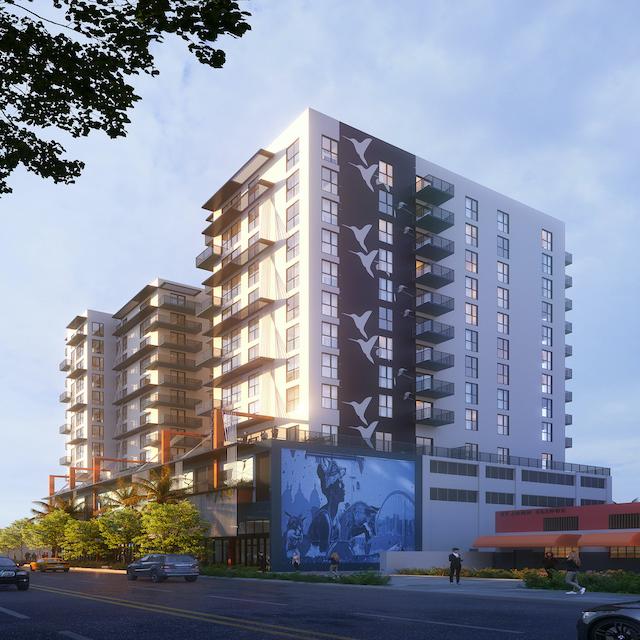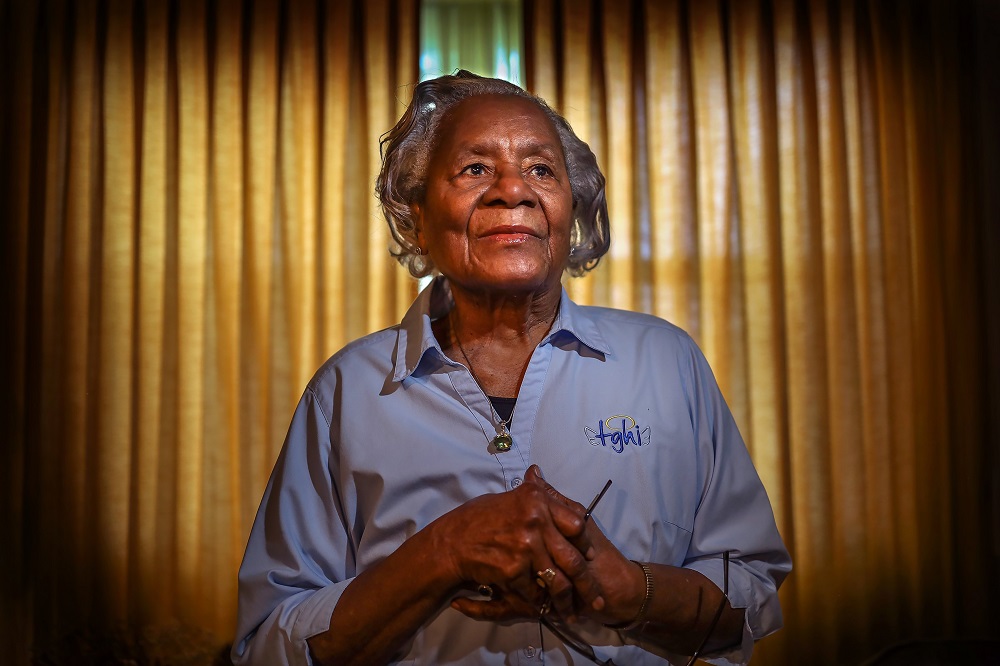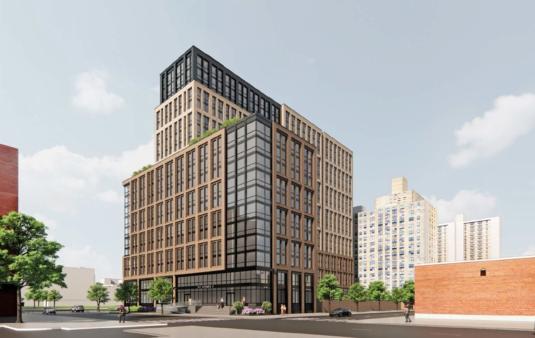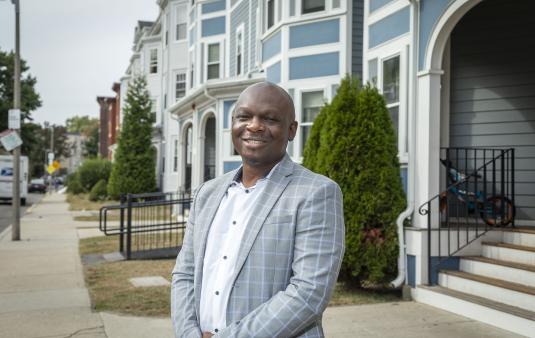Coconut Grove is one of the oldest neighborhoods in Florida’s Miami-Dade County, founded by Bahamians over a hundred years ago. For much of the twentieth century, the Grove was a thriving community. However, systemic disinvestment and marginalization decreased economic development and opportunity in this historically Black neighborhood. Then gentrification struck.
“Coconut Grove sits between downtown Miami and the affluent community of Coral Gables. To get anywhere near the bay and downtown from the southern portion of Miami-Dade County, you have to drive through the Grove,” says Oliver Gross, President/CEO of New Urban Development (NUD) on the community’s key location. “Today developers are tearing down existing homes and building houses that sell for more than $700,000.” That price is much higher than average real estate in the area, he notes.
By 1983, gentrification had become a serious issue, and the fight was on to preserve Coconut Grove for the people who lived there. One day David Alexander, Executive Director of the Coconut Grove Local Development Corporation, called local resident and activist Thelma Gibson with an invitation to purchase a strategic corner — including four lots — for $99,000. She immediately called Coconut Grove landlord Walter Green, suggesting that he find three other investors to chip in $25,000 apiece. According to Gibson, Green laughed. “Do you have $25,000? Because I don’t.” But Green called back the next day, with the idea of finding 20 people to invest $5,000 each — led by Gibson as the first investor. The plan worked; others “…came along. They were willing to help because everyone knew the building,” recalls Gibson. They named their group GUTS (Grovites United to Survive), and soon they had bought a four-lot parcel adjacent to the opposite corner, too.



